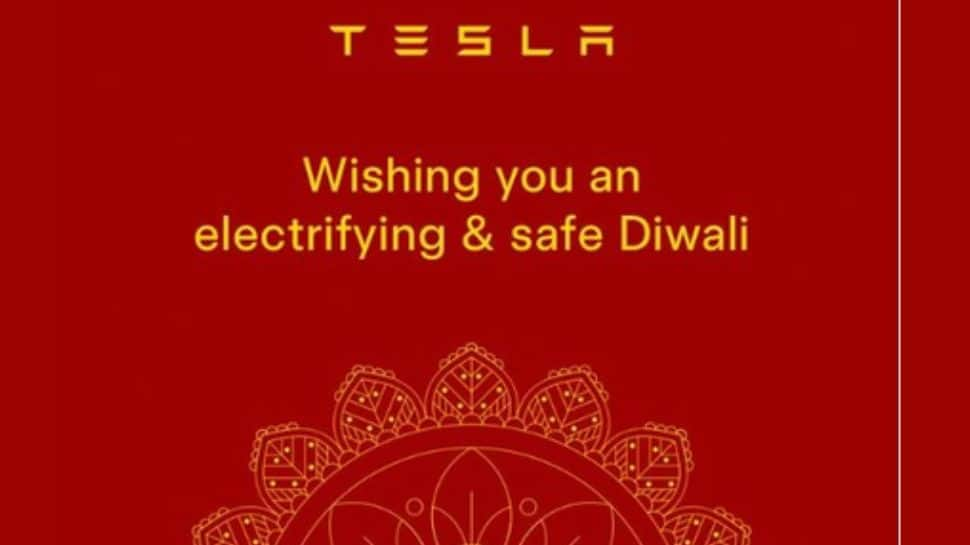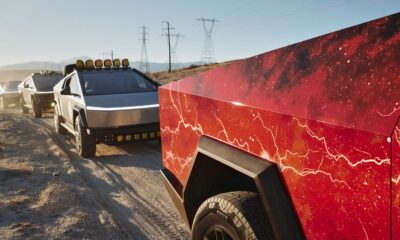Tech
Tesla Proposes a Trillion-Dollar Bet That It’s More Than Just Cars
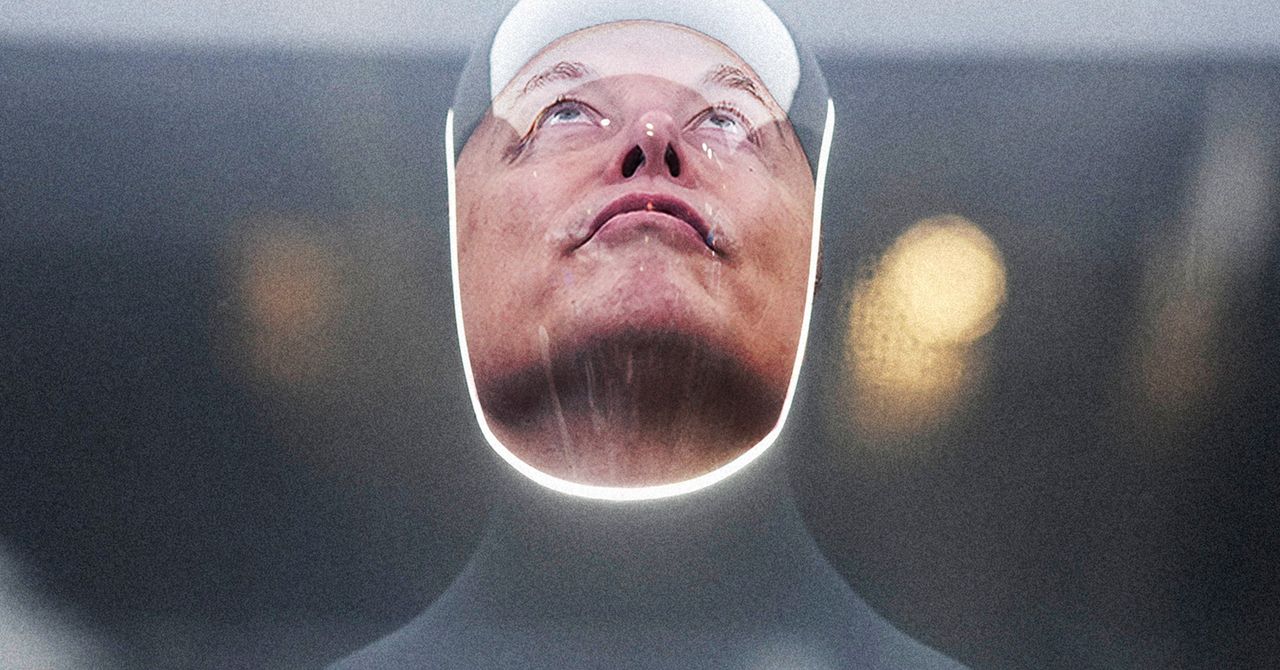
Tesla launched a limited robotaxi service in Austin, Texas, earlier this summer, but it’s unclear whether the vehicles driving around the city are technologically advanced enough to count toward that 1 million robotaxi goal. (The proposal specifies that the robotaxis must not have a “human driver,” and the vehicles in Texas have safety monitors sitting in their front passenger seats for city rides and in the driver’s seats for highway trips.)
Meanwhile, the company is reportedly falling well short of its goal to produce 5,000 units of Optimus, its humanoid robot, by the end of this year, having produced only a few hundred. Musk has said that Optimus could one day revolutionize the global economy by replacing the majority of human labor, but The Information reported in July that the Optimus team was having particular trouble with the robot’s hands. The company’s vice president of Optimus robotics, a nine-year Tesla veteran, left in June.
“For Musk to receive the full pay package, Tesla will need to be the leader of autonomous vehicles and humanoid robots in a number of countries,” says Seth Goldstein, a senior equity analyst at Morningstar, a financial services firm.
Musk’s past pay packages have been unconventional and controversial. Unlike other CEOs, Musk does not receive annual compensation or incentives but is instead paid according to Tesla’s long-term performance. His 2018 pay package, worth more than $50 billion, is still in legal limbo after a shareholder lawsuit accusing the Tesla board of insufficient transparency and independence led to a Delaware judge striking it down last year. (Tesla responded by reincorporating in Texas.) The board granted Musk an interim $29 billion stock award last month.
The proposal demonstrates that, despite Musk’s controversial moves, Tesla’s board sees him as a crucial part of the automaker’s success and that the Musk era is far from over. “This new pay package should keep Elon Musk at Tesla for at least the next decade,” says Goldstein.
The package’s goals double down on the messages of Tesla’s “Master Plan Part IV,” a lofty mission statement posted this week exclusively on X, Musk’s social platform. Tesla’s Master Plans were once cheeky blogs posted directly by Musk onto Tesla’s website, complete with back-of-the-envelope energy cost calculations. The new plan points to Tesla’s more civilizational ambitions. “Autonomy must benefit all of humanity,” one section reads; “Greater access drives greater growth,” reads another, complete with renderings of Optimus robots serving cocktails and watering plants.
But if Musk wants to change the world and make his trillion, he’ll have to stay in his lane—and out of President Donald Trump’s, for whom he once served as “First Buddy”. The board-run committee that put together the pay proposal has met with Musk 10 times since February, the Tesla board wrote in its filing. Among other things, the filing reads, the committee received “assurances that Musk’s involvement with the political sphere would wind down in a timely manner.”
Tech
An Amazon outage has rattled the internet. A computer scientist explains why the ‘cloud’ needs to change
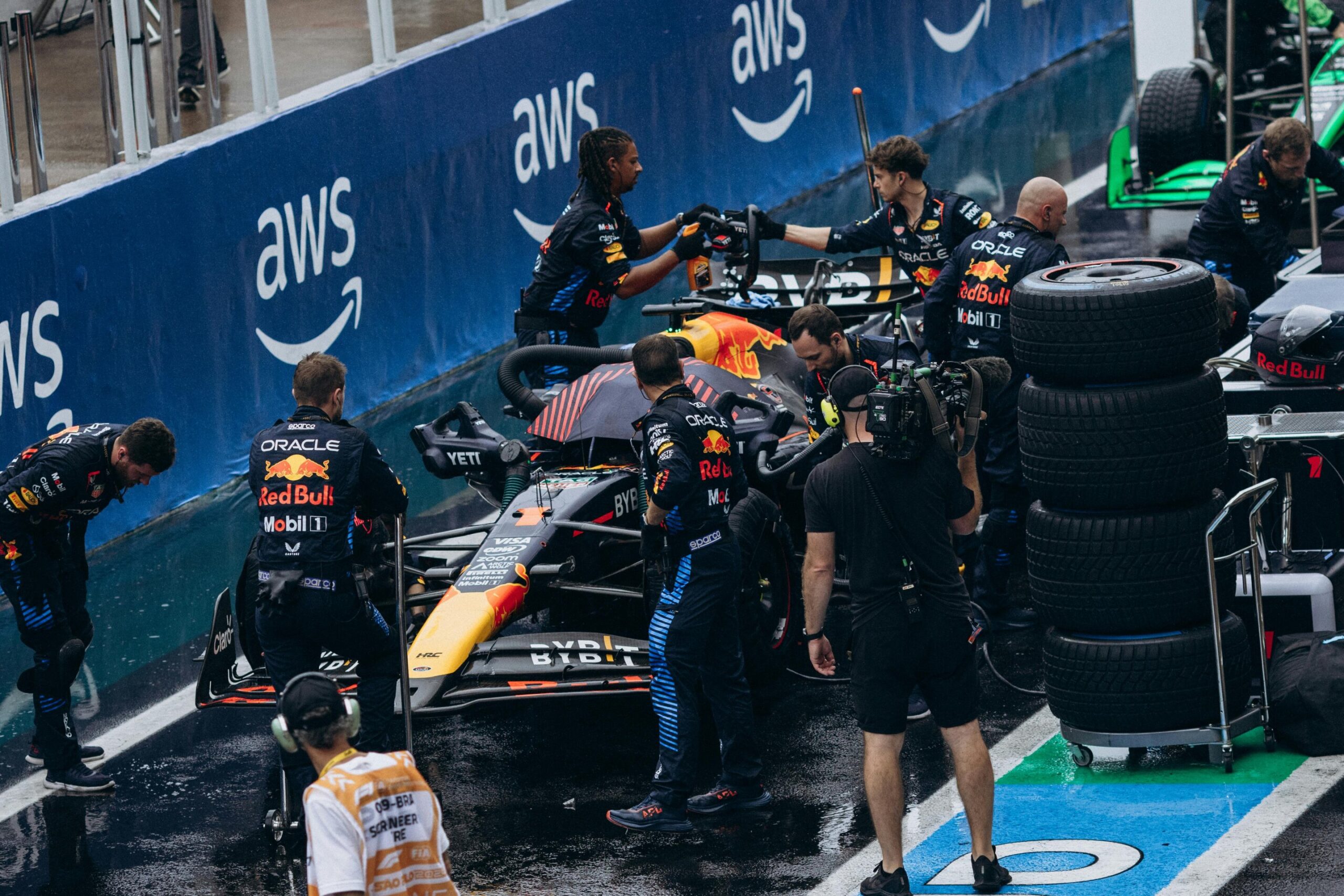
The world’s largest cloud computing platform, Amazon Web Services (AWS), has experienced a major outage that has impacted thousands of organizations, including banks, financial software platforms such as Xero, and social media platforms such as Snapchat.
The outage began at roughly 6pm AEDT on Monday. It was caused by a malfunction at one of AWS’ data centers located in Northern Virginia in the United States. AWS says it has fixed the underlying issue but some internet users are still reporting service disruptions.
This incident highlights the vulnerabilities of relying so much on cloud computing—or “the cloud” as it’s often called. But there are ways to mitigate some of the risks.
Renting IT infrastructure
Cloud computing is the on-demand delivery of diverse IT resources such as computing power, database storage, and applications over the internet. In simple terms, it’s renting (not owning) your own IT infrastructure.
Cloud computing came into prevalence with the dot com boom in the late 1990s, wherein digital tech companies started to deliver software over the internet. As companies such as Amazon matured in their own ability to offer what’s known as “software as a service” over the web, they started to offer others the ability to rent their virtual servers for a cost as well.
This was a lucrative value proposition. Cloud computing enables a pay-as-you-go model similar to a utility bill, rather than the huge upfront investment required to purchase, operate and manage your own data center.
As a result, the latest statistics suggest more than 94% of all enterprises use cloud-based services in some form.
A market dominated by three companies
The global cloud market is dominated by three companies. AWS holds the largest share (roughly 30%). It’s followed by Microsoft Azure (about 20%) and Google Cloud Platform (about 13%).
All three service providers have had recent outages, significantly impacting digital service platforms. For example, in 2024, an issue with third-party software severely impacted Microsoft Azure, causing extensive operational failures for businesses globally.
Google Cloud Platform also experienced a major outage this year due to an internal misconfiguration.
Profound risks
The heavy reliance of the global internet on just a few major providers—AWS, Azure, and Google Cloud—creates profound risks for both businesses and everyday users.
First, this concentration forms a single point of failure. As seen in the latest AWS event, a simple configuration error in one central system can trigger a domino effect that instantly paralyzes vast segments of the internet.
Second, these providers often impose vendor lock-in. Companies find it prohibitively difficult and expensive to switch platforms due to complex data architectures and excessively high fees charged for moving large volumes of data out of the cloud (data egress costs). This effectively traps customers, leaving them hostage to a single vendor’s terms.
Finally, the dominance of US-based cloud service providers introduces geopolitical and regulatory risks. Data stored in these massive systems is subject to US laws and government demands, which can complicate compliance with international data sovereignty regulations such as Australia’s Privacy Act.
Furthermore, these companies hold the power to censor or restrict access to services, giving them control over how firms operate.
The current best practice to mitigate these risks is to adopt a multi-cloud approach that enables you to decentralize. This involves running critical applications across multiple vendors to eliminate the single point of failure.
This approach can be complemented by what’s known as “edge computing“, wherein data storage and processing is moved away from large, central data centers, toward smaller, distributed nodes (such as local servers) that firms can control directly.
The combination of edge computing and a multi-cloud approach enhances resilience, improves speed, and helps companies meet strict data regulatory requirements while avoiding dependence on any single entity.
As the old saying goes, don’t put all of your eggs in one basket.
This article is republished from The Conversation under a Creative Commons license. Read the original article.![]()
Citation:
An Amazon outage has rattled the internet. A computer scientist explains why the ‘cloud’ needs to change (2025, October 21)
retrieved 21 October 2025
from https://techxplore.com/news/2025-10-amazon-outage-rattled-internet-scientist.html
This document is subject to copyright. Apart from any fair dealing for the purpose of private study or research, no
part may be reproduced without the written permission. The content is provided for information purposes only.
Tech
Sperm From Older Men Have More Genetic Mutations
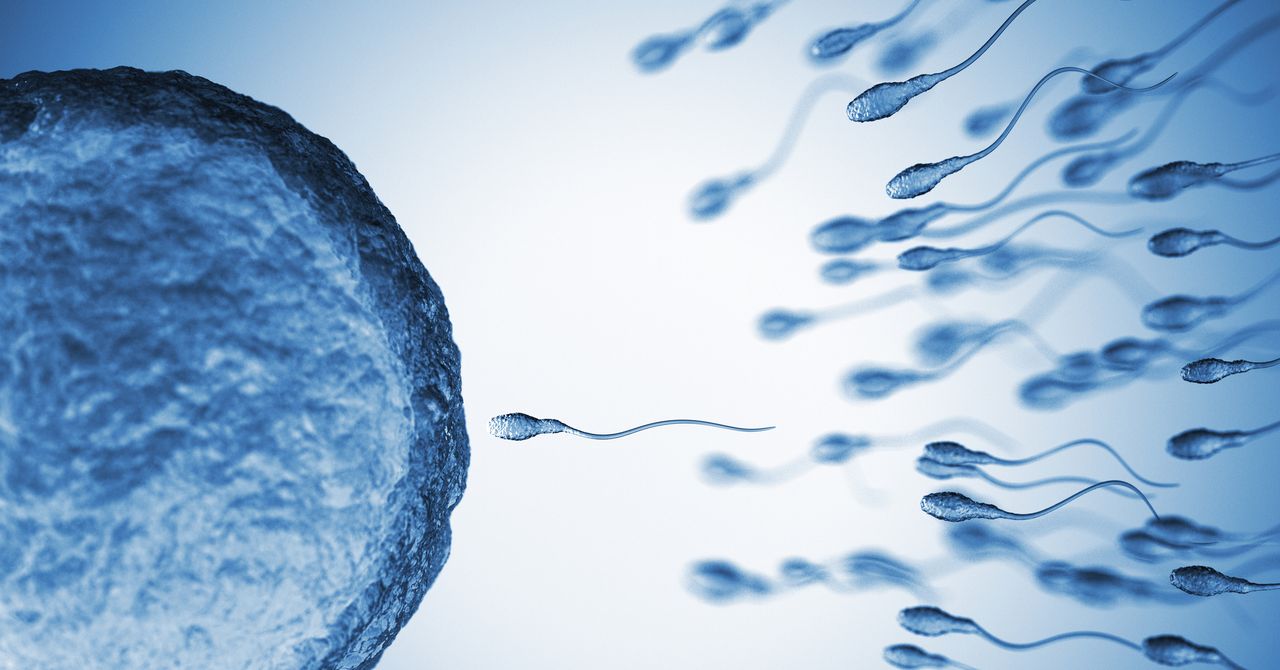
Human semen not only accumulates genetic mutations with age; as the percentage of sperm carrying potentially serious mutations increases, so does the risk of developing diseases in offspring.
This is according to a new study by researchers at the Sanger Institute and King’s College London. The team sequenced semen samples from individuals between the ages of 24 and 75, using very high-precision technologies, and found that the male germ line (the line of cells that produce sperm) is subject to a combination of mutation and positive selection.
The scientists used a duplex sequencing technique called NanoSeq, which can detect rare mutations with a very low margin of error. This allowed them to analyze 81 sperm samples from 57 donors. The results showed that a man’s sperm adds an average of 1.67 new mutations every year.
But the most striking aspect of the study is not limited to the mere accumulation of mutations with age. The authors discovered that the male germ line is subject to positive selection. That is, certain mutations offer an advantage to cells that produce sperm and expand. They identified that many of these mutations are in genes related to developmental disorders or a predisposition to childhood cancer.
“We expected to find evidence that selection influences mutations in sperm,” said Matthew Neville, coauthor of the study published this month in the journal Nature. “What surprised us was how much the number of sperm carrying mutations associated with serious diseases increases.”
What Does This Mean for Children of Older Fathers?
The researchers estimated that about 3 to 5 percent of sperm from middle-aged and older men carry some potentially pathogenic mutation in the exome (the coding part of the genome). That represents a higher risk than previous estimates. In more concrete numbers, the estimated fraction for men in their thirties was close to 2 percent, while it reached about 4.5 percent for men in their seventies.
From the evolutionary and clinical perspective, the implications are significant. Evolutionarily, it shows that the male germ line is not simply a “machine” that accumulates errors: There is a dynamic process of mutation and selection that can modify the genetic “quality” of the sperm with the age of the father.
On the clinical side, however, it raises questions about reproductive planning, genetic counseling, and the additional risks associated with an older father. The authors argue that although the percentages remain modest, the the accumulation is not only linear but also has a selection component that favors mutations with the potential to spread.
Tech
Forget SEO. Welcome to the World of Generative Engine Optimization

This holiday season, rather than searching on Google, more Americans will likely be turning to large language models to find gifts, deals, and sales. Retailers could see up to a 520 percent increase in traffic from chatbots and AI search engines this year compared to 2024, according to a recent shopping report from Adobe. OpenAI is already moving to capitalize on the trend: Last week, the ChatGPT maker announced a major partnership with Walmart that will allow users to buy goods directly within the chat window.
As people start relying on chatbots to discover new products, retailers are having to rethink their approach to online marketing. For decades, companies tried to game Google’s search results by using strategies known collectively as search engine optimization, or SEO. Now, in order to get noticed by AI bots, more brands are turning to “generative engine optimization,” or GEO. The cottage industry is expected to be worth nearly $850 million this year, according to one market research estimate.
GEO, in many ways, is less a new invention than the next phase of SEO. Many GEO consultants, in fact, came from the world of SEO. At least some of their old strategies likely still apply since the core goal remains the same: anticipate the questions people will ask and make sure your content appears in the answers. But there’s also growing evidence that chatbots are surfacing different kinds of information than search engines.
Imri Marcus, chief executive of the GEO firm Brandlight, estimates that there used to be about a 70 percent overlap between the top Google links and the sources cited by AI tools. Now, he says, that correlation has fallen below 20 percent.
Search engines often favor wordiness—think of the long blog posts that appear above recipes on cooking websites. But Marcus says that chatbots tend to favor information presented in simple, structured formats, like bulleted lists and FAQ pages. “An FAQ can answer a hundred different questions instead of one article that just says how great your entire brand is,” he says. “You essentially give a hundred different options for the AI engines to choose.”
The things people ask chatbots are often highly specific, so it’s helpful for companies to publish extremely granular information. “No one goes to ChatGPT and asks, ‘Is General Motors a good company?’” says Marcus. Instead, they ask if the Chevy Silverado or the Chevy Blazer has a longer driving range. “Writing more specific content actually will drive much better results because the questions are way more specific.”
-

 Tech1 week ago
Tech1 week agoUK police to upgrade illicit asset recovery system | Computer Weekly
-

 Tech5 days ago
Tech5 days agoWhy the F5 Hack Created an ‘Imminent Threat’ for Thousands of Networks
-

 Tech6 days ago
Tech6 days agoWhat Is Google One, and Should You Subscribe?
-

 Tech1 week ago
Tech1 week agoMassive UK dieselgate lawsuit reaches court
-

 Fashion1 week ago
Fashion1 week agoUS brand Ralph Lauren reports 2025 sustainability progress
-

 Tech2 days ago
Tech2 days agoHow to Protect Yourself Against Getting Locked Out of Your Cloud Accounts
-

 Tech1 week ago
Tech1 week agoWhen does it pay for housing associations to replace water and sewage pipes?
-

 Tech1 week ago
Tech1 week agoWIRED’S Favorite PC Monitor Is $75 Off




